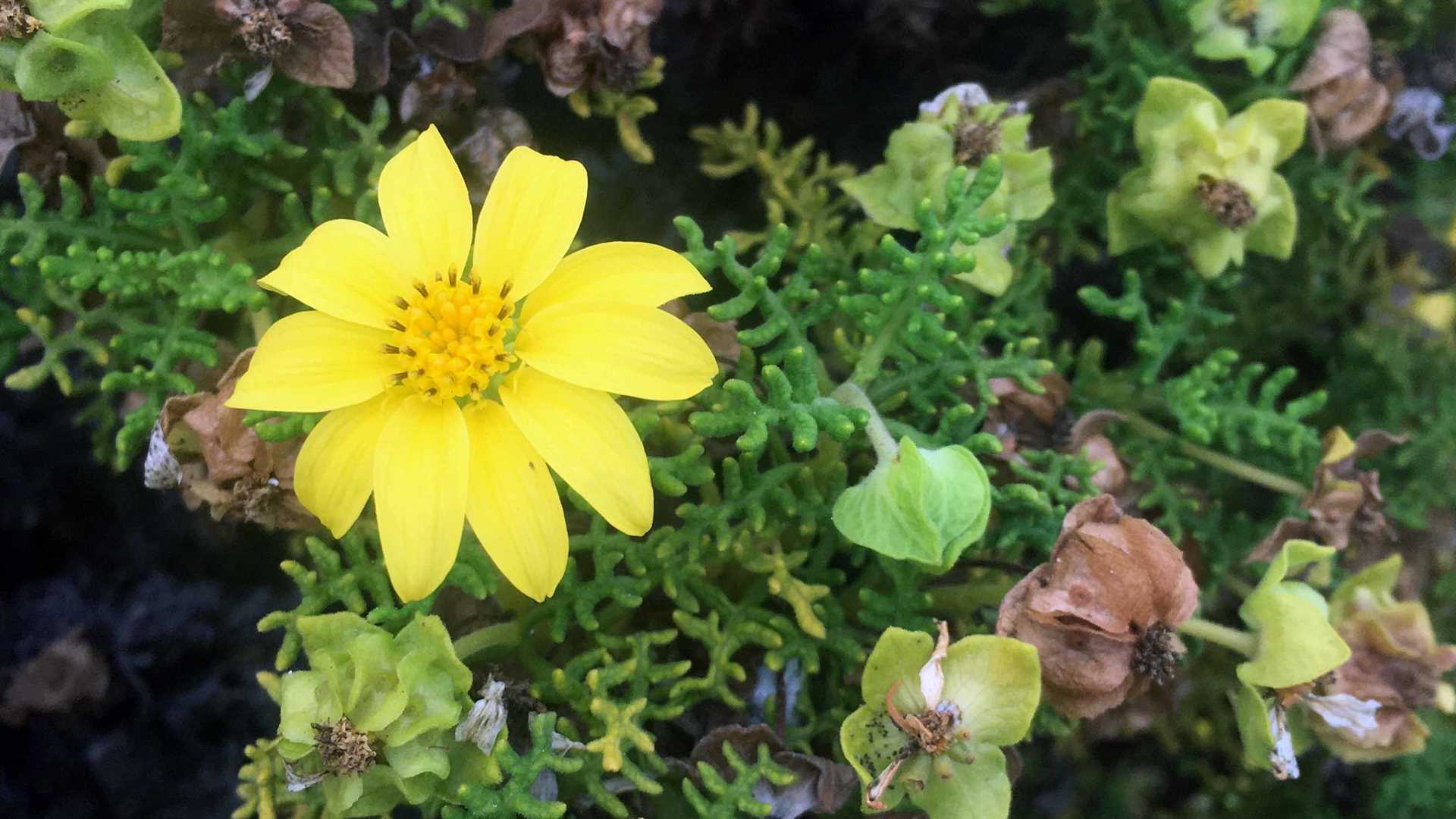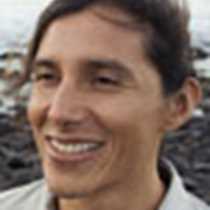Today we awoke at Punta Cormorant where we disembarked for an early pre-breakfast natural history walk. We found sea lions basking on the sand and Sally Lightfoot crabs inhabiting the lava rocks. We visited the beach where Pacific green sea turtles mated, and we spotted a number of nests in the sand dunes. After breakfast, some guests enjoyed a ride in our glass-bottom boat, while others went deep water snorkeling along the shores of this islet.
In the afternoon, some guests went kayaking and paddleboarding while others visited Post Office Bay to learn more about human history in the Galapagos. We ended the day at Post Office Beach where guests swam or walked along the beach.







